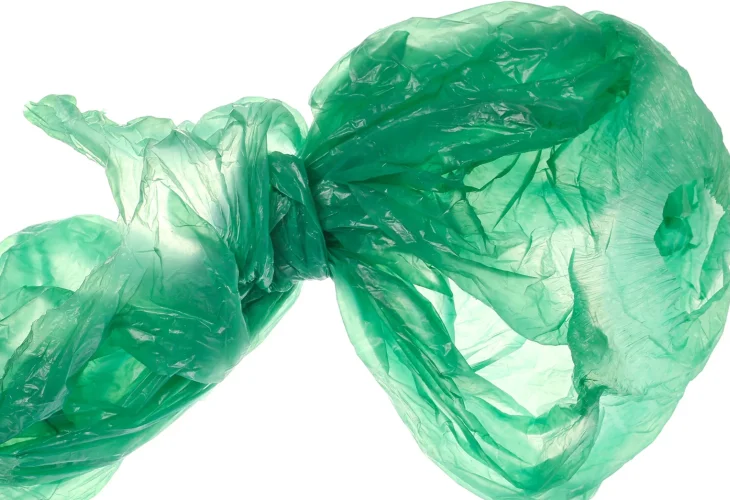Facts You Didn't Know
From Invention to Nature: Nylon, Pixels, and the Great Barrier Reef
Discover the tiny dots on your screen, a useful fabric from the lab, and a coral reef you can see from space
 (Photo: shutterstock)
(Photo: shutterstock)What Exactly Is a Pixel?
You’ve probably heard someone mention the word “pixel” when talking about computers or screens. When you look at a picture on a computer, phone, or TV, it’s actually made up of millions of tiny colored dots. Each of these dots is called a pixel. Inside every pixel, there can be up to 256 shades of red, green, and blue, the three main colors. When all these tiny dots work together, they can create over 16 million colors!
Where Was Nylon Invented?
Nylon is a type of plastic used all over the world. It’s used to make things like bags, ropes, clothes, and even parts of airplanes.
Nylon was invented in the United States in 1935. At the time, America wanted to create a strong synthetic (man-made) fabric to compete with Japanese silk. The invention is mostly credited to Wallace Carothers, who led a team of scientists and workers who came up with it together.
Where Is the World’s Largest Coral Reef?
The biggest coral reef in the world is the Great Barrier Reef. It’s found near the eastern coast of Australia and stretches for thousands of kilometers. It’s the largest structure on Earth made by living creatures! Thousands of types of fish, plants, and sea animals live in and around the reef. Every year, many tourists, divers, and scientists visit it to admire and learn about it.
How big is it? The Great Barrier Reef is so large, it can even be seen from space!

